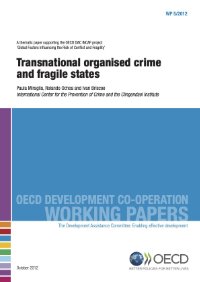By Charles Victor Barber, Karen Winfield, and Rachael Petersen
The Climate and Land Use Alliance (CLUA), with the support of Meridian Institute, is exploring the integration of climate and land use with justice, equity, health, and economic recovery through Climate and Forests 2030: Resources for Funders. This focus is intended to inspire innovation and investment in integrated work on forests, rights, and sustainable land use and will inform a new strategic plan for CLUA for the period 2021 to 2030. To inform the thinking, CLUA commissioned a series of “thought pieces” to provide diverse inputs into developing a more integrated approach for forests and land use. These are meant to stimulate discussion and debate
Nature crime occurs when individuals or criminal networks illegally exploit natural ecosystems to extract natural resources. Nature crimes include illegal logging, illegal mining, illegal fishing, illegal wildlife trade, and the illegal conversion of forests and wetlands for agriculture or other uses. These crimes are often associated with financial crime of various types, as well as labor and human violations and official corruption. The prevalence of nature crime and associated corruption and criminal behavior constitutes a serious barrier to progress in tackling climate change, slowing biodiversity loss, reducing the risk of future zoonotic pandemics, and achieving sustainable, peaceful, and equitable human development. The scale of the nature crime economy is immense. It is variably estimated to be the third- or fourth-largest illicit economy in the world (after drug trafficking and trade in counterfeit goods) with an annual value of as much as $281 billion, but this figure underestimates its indirect impacts: governments are deprived annually of some $7-12 billion in timber and fisheries revenues, while the indirect costs of undermining ecosystem services may be as high as $1-2 trillion per year,
San Francisco?:Climate and Forests 2030, 2021. 30p.





















